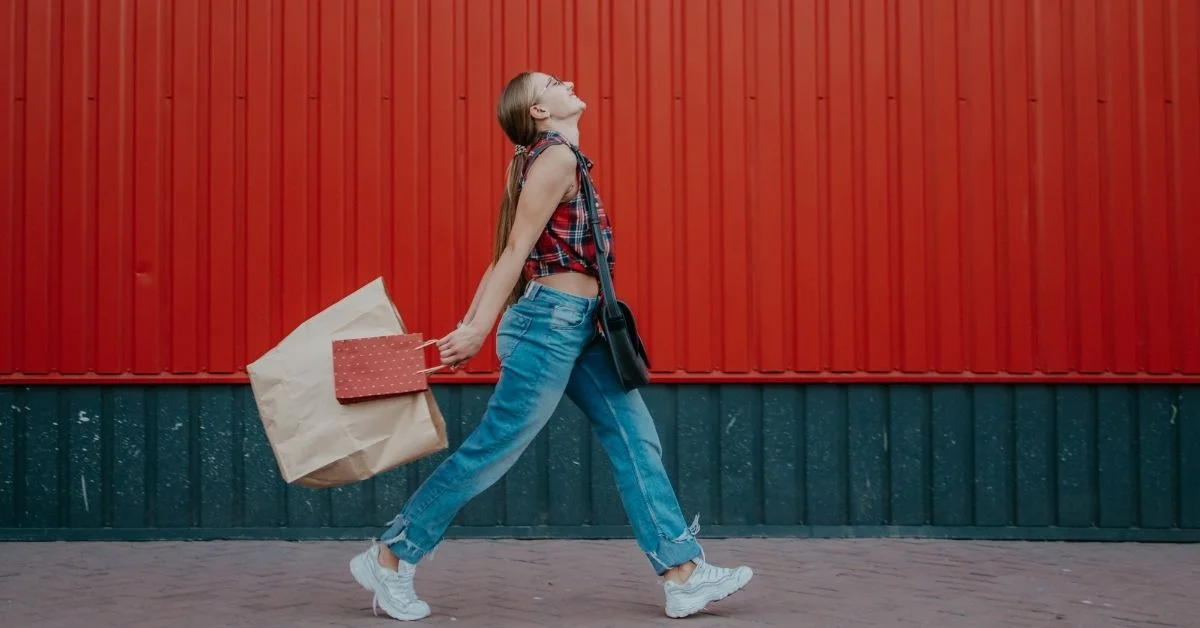Fashion is at a crossroads and continues with cutting-edge strategies developed to persevere during Covid; consumers must get familiar with at least one ominous statistic regarding the severity of the clothing waste epidemic. One waste truck of clothing is burned or landfilled every second. Several brands have adopted textile recycling programs that work with facilities equipped with the appropriate resources for turning used fabric into new garments to overcome this situation.
The North Face
The North Face targets a demographic of people who love the outdoors. So it only makes insight that the brand would also be dedicated to sustainability and recycling. So in 2013, it propelled its Clothes the Loop program, which supports people to recycle unwanted clothing and footwear by dumping them off at The North Face Retail and Outlet stores. In exchange, customers earn a $10 reward toward their next shopping of $100 or more. In addition, they are committed to improving the program globally to administer as much clothing as possible from ending up in landfills.
Levi’s
In 2014, Levi’s originated its clothing recycling initiative in conjunction with global solutions provider I:CO to hold clothing and shoes in any form in replacement for 10 percent off their Levi’s purchase. In addition, shoppers can carry in denim from any brand and get 20 percent off any one Levi’s article. The donated cloth will be recycled and used to form insulation, construct libraries, hospitals, and schools. Levi’s offers the plan at its mainline and outlet shops in the U.S. and Canada.
Madewell
Another brand committed to creating the most out of used denim, Madewell also partners with the Blue Jeans Go Green plan to turn recycled denim into insulation for housing schemes. It allows denim from any brand in the clearinghouse for $20 off a brand-new pair of Madewell jeans, and donation cases are possible in stores globally. Since the partnership started in 2014, more than 716,000 pairs of jeans have been received from Madewell stores.
H&M Group
H&M Group’s garment collection plan began in 2013 and has since collected 78,000 tons of clothing through client donations at stores worldwide. Shoppers can take in any textiles in any condition to exchange for 15 percent off their next in-store purchase. First, materials are sent to a facility that separates them into re-wear, reuse, and recycle. Then, they’re either marketed as secondhand goods, transformed into other garments, or torn down into textile fibers to manufacture other merchandise.
Reformation
A clothing business built on sustainable modes, Reformation propelled its recycling schedule, RefRecycling, in 2014. The brand makes most of its sales online, and its recycling schedule indicates that. For instance, customers can reuse worn-out garments by marking out a shipping label they can draw from their online profile and attaching it to a box filled with the clothes they desire to recycle. Then, they can leave it off at the nearest post office or register for a home pickup. From there, Reformation provides users complete transparency into their recycling process: Clients can log in to their profile, view the label number, and track their shipment to see where their parts end up.
Zara
Zara allows a clothing collection plan that accepts clothes in all conditions at select stores. Currently, it also presents home pickup for unique customers in Beijing, Shanghai, and Spain.
When achieving an online order, these customers can request complimentary pickup on a box of used clothing the same day the customer’s new articles are delivered. Used clothing is then donated, reused, transformed into new fabric, or sold to fund the participating nonprofits’ projects. Items are appropriately separated consequently to ensure optimal treatment.
